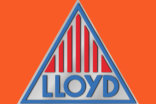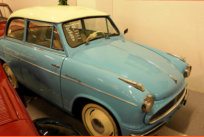


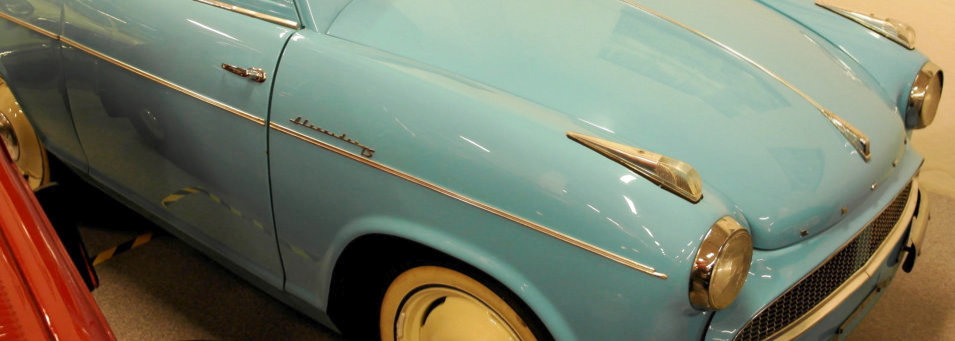

176524 Alexander, Alexander TS, 600 LP, LC, and LS cars were made

Lloyd Alexander TS - 60
Norddeutsche Automobil und Motoren GmbH (North
German Automobile and Engines) was a German
automobile manufacturer, created in 1908 and owned by
the Norddeutscher Lloyd shipping company. The factory
was in Bremen. Many of the products of the company and
its successors were badged with the Lloyd marque.
The German Lloyd had no connection with the British
Lloyd Cars Ltd company active between 1936 and 1951.
1908–29
The first cars were licence-built Kriéger electric vehicles. Petrol-engined models followed in 1908 with 3685 cc engines, but few were made. In 1914 the company merged with Hansa to become Hansa-Lloyd Werke AG. Most of the cars made by the new company were sold as Hansa with the Hansa-Lloyd name attached to commercial vehicles only. Nevertheless two cars, the 4- litre Treff AS and the 8-cylinder 4.6-litre Trumpf AS were badged as Hansa-Lloyds. The company was integrated in the Borgward group after the purchase of Hansa by Carl F. W. Borgward in 1929, and car production ceased.1950–63
Lloyd as a marque name only entered mass-production of cars and light trucks in 1950 with the company becoming Lloyd Motoren Werke GmbH – still in Bremen. The very first cars (the Lloyd 300) were wood and fabric bodied. Steel bodied construction took over gradually between 1953 and 1954 (Lloyd 400). The Lloyd 250 was called "Prüfungsangst-Lloyd" ("Lloyd for exam nerves") as they appealed to owners of older driving licenses who could drive it without having to pass a new driving test for cars with a cubic capacity of over 250 cc, a test which was introduced in a legal reform of the mid-1950s. With a power of only 11 hp (DIN), the Lloyd's designers saw a need for saving weight, and thus offered the LP 250 without a back seat, bumpers, hub caps or trims. However, most buyers ordered the LP 250 V with these features as optional extras. Overall, the vehicles matched the need for small and cheap cars which were a characteristic of post-war Germany, and they provided a comparatively high standard in comfort and reliability. They rose to third place in the annual licensing statistics for several years in the 1950s, behind only Volkswagen and Opel. In spite of this success, there was little prestige to be gained by driving a Lloyd. In the vernacular, the Lloyd 300 was called "Leukoplastbomber" due to the owners' habit of repairing nicks in the fabric of the body with sticking plaster called LEUKOPLAST. A contemporary derisive verse went "Wer den Tod nicht scheut, fährt Lloyd" ("He who is not afraid of death, drives a Lloyd"). Pietro Frua designed a coupé on the basis of the Lloyd Alexander; it was presented at the Turin Motor Show in November 1958. The parent company failed in 1961 but cars were still made up to 1963. By this time, the LP 900 was named "Borgward Arabella" instead of "Lloyd Arabella".Australian production – The Lloyd-Hartnett
The Lloyd 600 was assembled in Australia by a company formed as joint venture between Carl Borgward and Laurence Hartnett in the late 1950s. The car was introduced in December 1957 as the Lloyd-Hartnett and a total of 3000 cars were built before production ceased in 1962.
1960
Engine 596 cc 2 cylinders Power 25 HP Top speed 110 km/h Lenght/width 3,35 m/1,41 m Weight 565 kg The collections Lloyd was in manufacturing from1958 to 1961.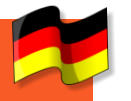
Photos mainly by Matti Kreivilä. Historical facts and technical details of the vehicles provided by Wikipedia. Movies YouTube.
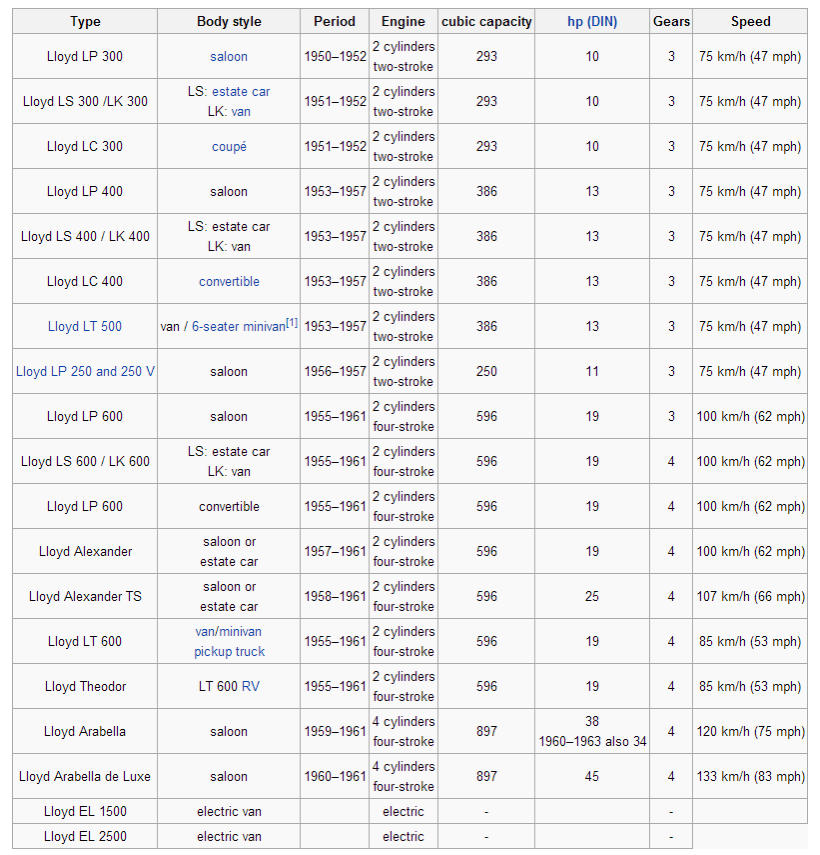
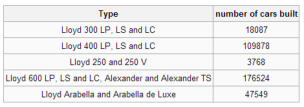


- Autobianchi Transformable - 1960
- Autobianchi Familiare - 1962
- Autobianchi Panoramica - 1962
- Autobianchi Cabriolet - 1963
- BMW Isetta 300 - 1956
- BMW Isetta 300 - 1959
- BMW Isetta Standard
- BMW 600 - 1959
- Bond Bug ES 700 - 1973
- Fiat Topolino - 1936
- Fiat Topolino - 1939
- Fiat Topolino - 1951
- Fiat Belvedere - 1952
- Fiat Topolino - 1954
- Fiat 600 - 1955
- Fiat 500 - 1963
- Fiat 500 - 1969
- Fiat Multipla - 1965
- Fuldamobil 4-wheel - 1958
- Fuldamobil King S7 - 1959
- GLAS Isar T700 - 1962
- Goggomobil T400 - 1959
- Goggomobil T250 - 1961
- Goggomobil T250 - 1969
- Goggomobil Coupe
- Heinkel Kabine - 1959
- Honda N600 - 1970
- Jalta Saporoshez - 1967
- Lloyd Alexander TS - 1960
- Messerschmitt KR200 - 1960
- Messerschmitt KR201
- Messerschmitt KR200 - 1963
- Messerschmitt KR200 - 1964
- NSU Prinz I - 1958
- Scootacar Mk3 - 1963
- Steyr-Puch 500 -1961
- Steyr-Puch 650 - 1964
- Trabant P 50 - 1961
- Trojan 603/198 - 1964
- Trojan 3-wheeler - 1964
- Trojan 3-wheeler - 1964
- Vespa 400 - 1959
- Victoria Spatz 250 - 1957
- ZŁndapp Janus - 1959


- About Scooters
- Apollo moped
- Cezeta 175 - 1960
- Heinkel Tourist - 1960
- Lambretta 125 - 1953
- Puch SR 150 - 1958
- Pyrkijš moped
- Suzuki Burgman 400
- Tunturi City - 1980
- Vespa 150 - 1959
- Yamaha Passola 50 - 1980
- ZŁndapp Bella w. sidecar - 1960
- ZŁndapp Bella 204 - 1960
- ZŁndapp Bella 200 Deluxe - 1963
- ZŁndapp Combinette

